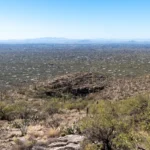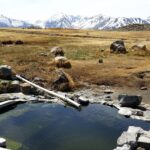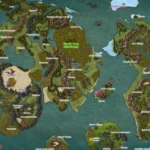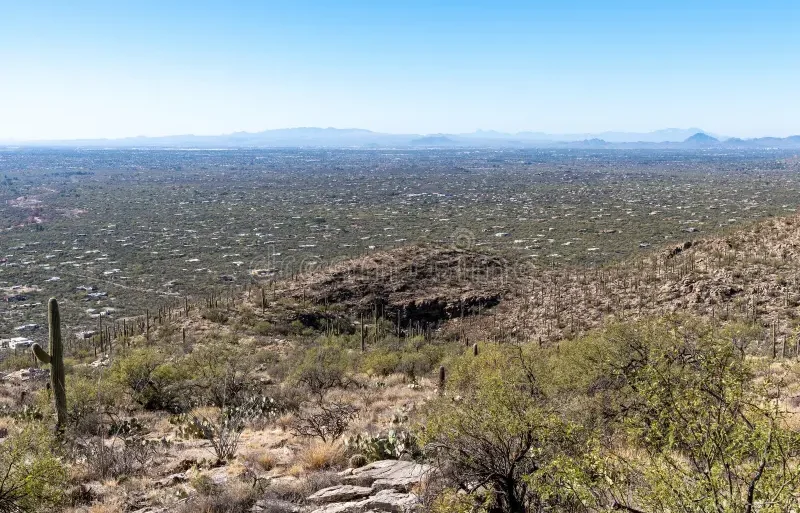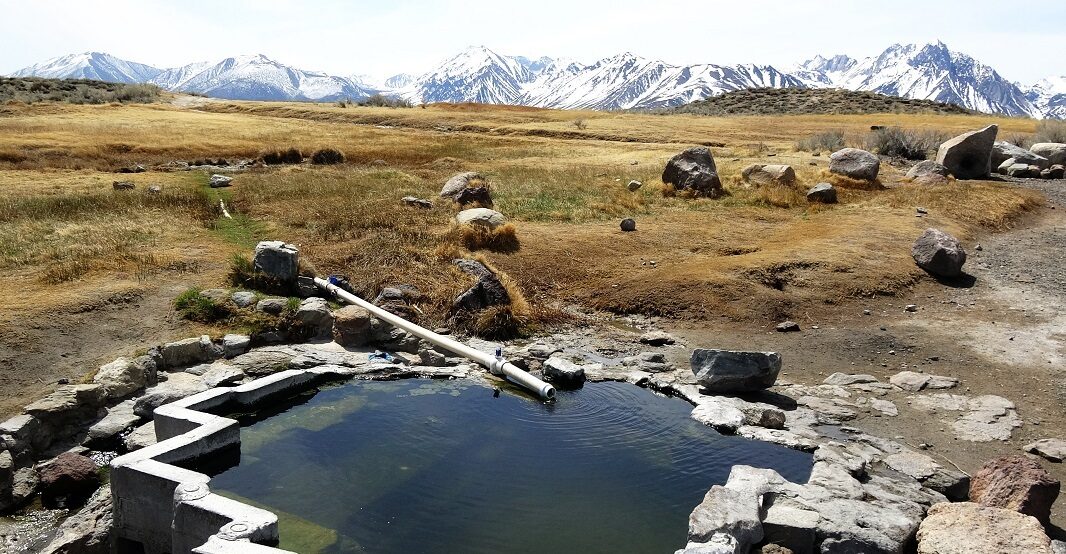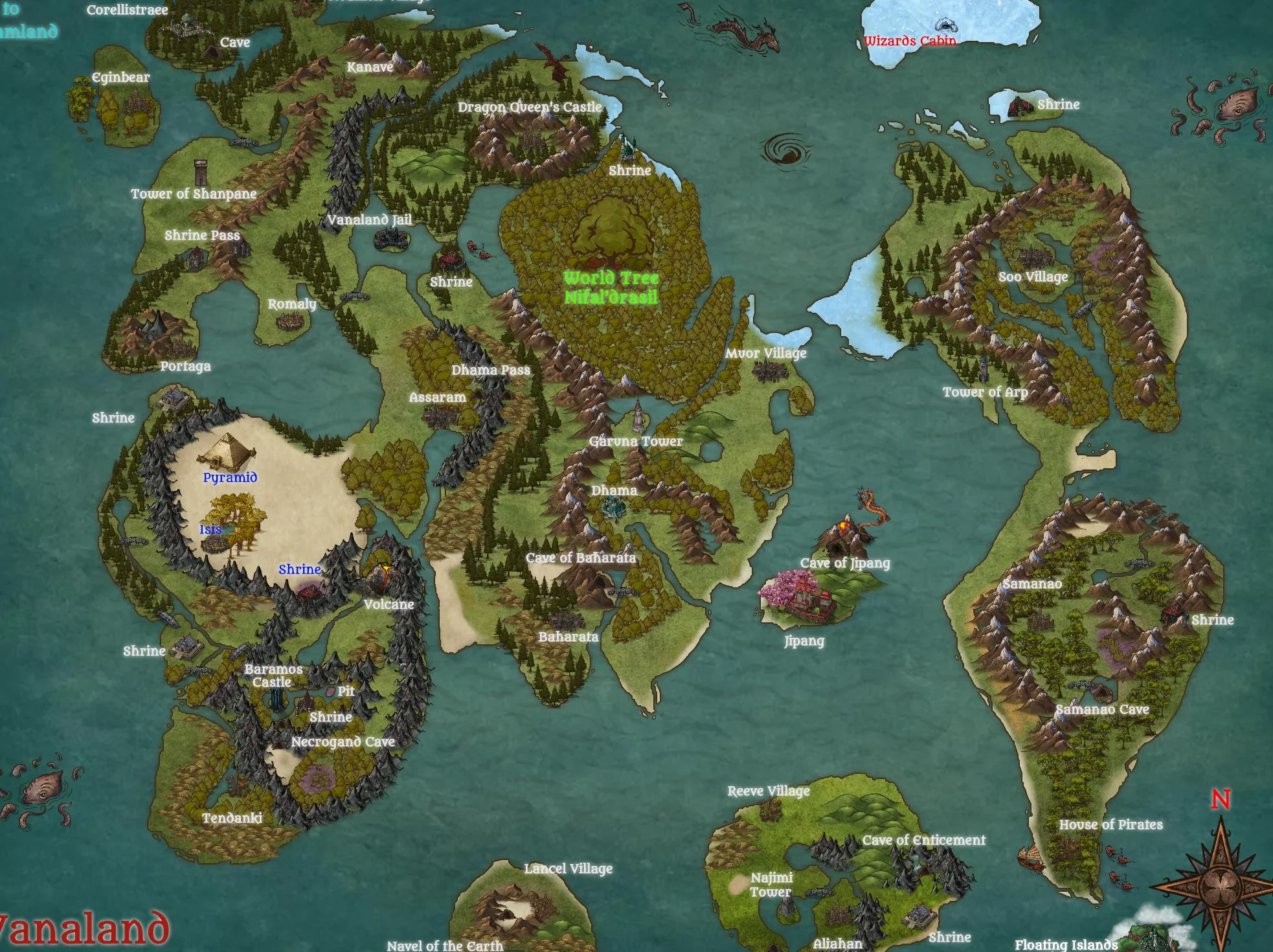babad do’ag scenic overlook is a designated viewpoint located along the Catalina Highway, also known as the General Hitchcock Highway, leading toward Mount Lemmon. The name “Babad Do’ag” comes from the Tohono O’odham language, meaning “Frog Mountain”, which refers to Mount Lemmon itself. This name reflects the deep cultural roots of the area’s Indigenous peoples who have lived and thrived in the Sonoran Desert for centuries.
This scenic overlook offers panoramic views of Tucson and the surrounding desert basin, making it a popular stop for sightseers, photographers, and hikers heading up the mountain. It’s also one of the first major overlooks on the way up the Catalina Highway, making it easily accessible for visitors of all ages.
The History Behind Babad Do’ag Scenic Overlook
The land around the babad do’ag scenic overlook has long been sacred to the Tohono O’odham Nation. The term “Babad Do’ag” signifies more than a geographical reference — it’s a cultural acknowledgment of the native heritage and respect for the mountain’s spirit.
The scenic overlook was established as part of a broader effort to preserve the natural and cultural heritage of the Santa Catalina Mountains while providing safe and enjoyable viewpoints for travelers. Over the years, the site has become a symbol of environmental appreciation and Indigenous recognition. Interpretive signs at the babad do’ag scenic overlook educate visitors about the desert ecosystem, local wildlife, and the cultural significance of the land.
Scenic Beauty and Landscape
What truly sets the babad do’ag scenic overlook apart is its incredible panoramic view. From the overlook, you can see:
- The sprawling city of Tucson shimmering in the desert sunlight
- The Santa Rita Mountains in the distance
- The Sonoran Desert stretching endlessly with its mix of cacti, mesquite, and ocotillo plants
- And, of course, the majestic rise of Mount Lemmon, which changes colors with every shift of the sun
At sunrise and sunset, the overlook becomes an artist’s paradise. The sky bursts into warm hues of orange, pink, and violet, reflecting off the rocky desert slopes. Many photographers and nature enthusiasts consider this time the most magical moment to experience the babad do’ag scenic overlook.
Accessibility and Location
The babad do’ag scenic overlook is conveniently located about 3.9 miles up the Catalina Highway from the base of the mountain, just a short drive from Tucson. The drive itself is part of the experience — winding roads lined with saguaro cacti, desert flora, and occasional wildlife sightings make the journey as scenic as the destination.
There’s a small parking area at the overlook, rest benches, and informational signs. The path is paved and accessible, allowing visitors of all abilities to enjoy the view safely. Whether you’re driving up to Mount Lemmon for a full day of hiking or just want a quick scenic stop, the babad do’ag scenic overlook is an ideal location.
Wildlife and Ecology Around the Overlook
The babad do’ag scenic overlook offers a unique window into the biodiversity of the Sonoran Desert ecosystem. Depending on the time of year, you might spot:
- Desert cottontails or jackrabbits
- Roadrunners darting across the road
- Harris’s hawks and red-tailed hawks circling overhead
- Occasionally, javelinas or even bobcats wandering in the early morning or dusk
The plant life is equally captivating, featuring giant saguaro cacti, prickly pear, ocotillo, and cholla cactus. Springtime brings a burst of color as desert wildflowers bloom, transforming the dry landscape into a living tapestry.
Why Visit the Babad Do’ag Scenic Overlook
There are countless reasons to add the babad do’ag scenic overlook to your travel itinerary:
1. Spectacular Views
The overlook provides one of the most accessible yet awe-inspiring views in the region. You can see for miles across the desert valley and city skyline.
2. Cultural Significance
Visiting the babad do’ag scenic overlook connects you with the Indigenous heritage of the area. It’s a reminder that these lands hold deep spiritual meaning for the Tohono O’odham people.
3. Photography Opportunities
For photographers, the overlook is a dream come true. Whether you’re capturing landscapes, wildlife, or stunning desert sunsets, the lighting and perspective here are unmatched.
4. Easy Access
Unlike more remote viewpoints, this one is easy to reach. No long hikes required — just a short drive and a few steps from your car to the viewing area.
5. Peaceful Escape
The overlook offers tranquility away from the city noise. It’s the perfect place to relax, reflect, or simply enjoy the quiet beauty of nature.
Tips for Visiting Babad Do’ag Scenic Overlook
To make the most of your trip to the babad do’ag scenic overlook, consider the following tips:
- Visit during sunrise or sunset for the most dramatic lighting.
- Bring water and sun protection, as desert conditions can be intense.
- Wear comfortable shoes, even though the overlook is easily accessible.
- Keep a camera or smartphone ready — you’ll want to capture the view.
- Respect the land and stay on designated paths.
- Look for interpretive signs to learn about the local ecology and Indigenous history.
- Avoid visiting during monsoon storms, as weather conditions can change rapidly.
Photography at Babad Do’ag Scenic Overlook
Photographers love the babad do’ag scenic overlook for its changing light and open vistas. The overlook provides a natural platform with unobstructed views, making it perfect for:
- Panoramic shots of Tucson during the golden hour
- Astrophotography on clear nights — the elevation and low light pollution create ideal conditions for capturing the Milky Way
- Wildlife photography, especially birds of prey
- Seasonal captures such as snow-capped mountains in winter or blooming desert plants in spring
Pro tip: If you want to photograph the city lights at dusk, bring a tripod and a wide-angle lens for stunning long exposures.
Nearby Attractions and Things to Do
If you’re visiting the babad do’ag scenic overlook, you’re already on one of the most scenic drives in Arizona — the Catalina Highway. Here are some nearby stops to explore:
- Molino Canyon Vista: Just a few miles up, this overlook offers more hiking trails and picnic spots.
- Windy Point Vista: Another famous viewpoint farther up the mountain with breathtaking views of Tucson.
- Mount Lemmon: The crown jewel of the Catalina Mountains, offering cool pine forests, campgrounds, and even a small ski area in winter.
- Sabino Canyon Recreation Area: A must-visit for hikers and nature lovers, with waterfalls and desert trails.
Each stop offers a different perspective on the beauty of southern Arizona’s landscapes.
Cultural Respect and Preservation
Visiting the babad do’ag scenic overlook is not just about admiring the scenery — it’s also about honoring the cultural legacy tied to the land. The Tohono O’odham people view Mount Lemmon and its surroundings as sacred. When you visit, it’s important to show respect by avoiding littering, staying on paths, and refraining from removing plants or rocks.
The overlook itself serves as a reminder of the deep relationship between people and the desert landscape — a connection that has existed long before modern highways and tourism.
Best Time to Visit
The best time to visit the babad do’ag scenic overlook depends on your preferences:
- Spring (March–May): Mild weather and blooming desert flowers.
- Summer (June–August): Hot, but the overlook offers a breezy reprieve on the way to cooler elevations.
- Fall (September–November): Clear skies, golden light, and fewer tourists.
- Winter (December–February): Crisp air, occasional snow on higher peaks, and fantastic visibility.
Regardless of the season, the overlook remains a rewarding stop year-round.
Key Takeaways
- The babad do’ag scenic overlook offers one of the most stunning panoramic views near Tucson.
- Its name and history are deeply tied to the Tohono O’odham people and their cultural heritage.
- Easily accessible, family-friendly, and perfect for photography or peaceful reflection.
- Serves as an educational and natural point of interest on the Catalina Highway to Mount Lemmon.
Conclusion
The babad do’ag scenic overlook is more than just a rest stop — it’s a window into Arizona’s natural and cultural heritage. With its breathtaking desert views, deep Indigenous history, and easy accessibility, it offers a memorable experience for anyone exploring the Catalina Highway or seeking serenity in nature.
Whether you’re a photographer chasing the perfect sunset, a traveler seeking peaceful solitude, or someone wanting to honor the cultural significance of the land, the babad do’ag scenic overlook stands as a must-visit landmark that captures the essence of the Sonoran Desert’s timeless beauty.
Frequently Asked Questions (FAQs)
1. Where is the babad do’ag scenic overlook located?
The babad do’ag scenic overlook is located along the Catalina Highway (General Hitchcock Highway) about 3.9 miles northeast of Tucson, Arizona. It’s one of the first scenic stops on the route to Mount Lemmon.
2. What does “Babad Do’ag” mean?
“Babad Do’ag” means “Frog Mountain” in the Tohono O’odham language. It’s a traditional name for Mount Lemmon and reflects the cultural significance of the region to the Indigenous people.
3. Is the babad do’ag scenic overlook wheelchair accessible?
Yes, the overlook is designed to be accessible, with paved walkways and parking areas suitable for all visitors.
4. Is there an entrance fee?
No, visiting the babad do’ag scenic overlook is free of charge, though there may be fees for entering other areas of the Catalina Highway or Mount Lemmon recreational zones.
5. What time is best for visiting?
Early morning and late afternoon provide the best lighting and cooler temperatures, ideal for photography and sightseeing.
6. Can I see wildlife there?
Yes, visitors often spot birds, rabbits, lizards, and occasionally larger animals like javelinas or bobcats near the overlook.
7. Are there restrooms or picnic areas?
There are benches and informational signs, but no restrooms or picnic facilities directly at the overlook. However, nearby stops like Molino Canyon and Windy Point offer such amenities.
8. Is the overlook safe at night?
While it’s generally safe, it’s best to visit during daylight hours for safety and visibility, especially given the winding mountain roads.
